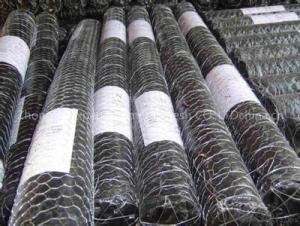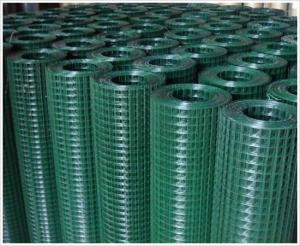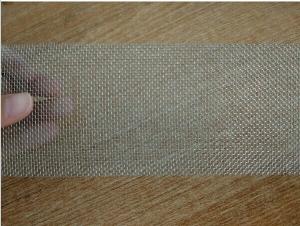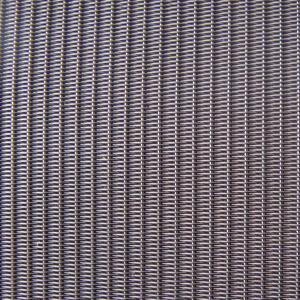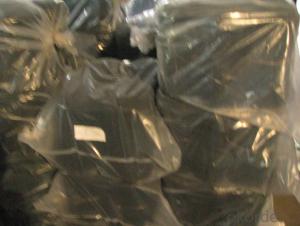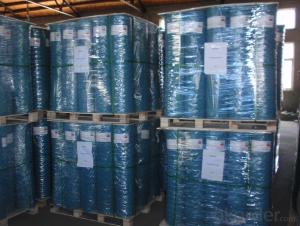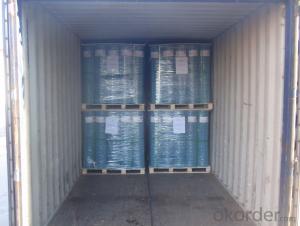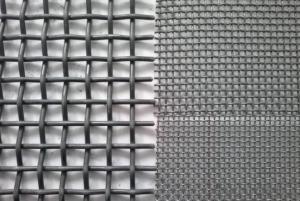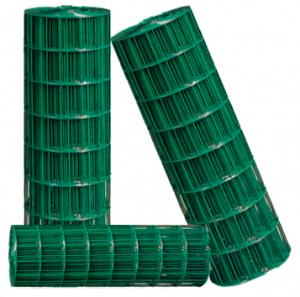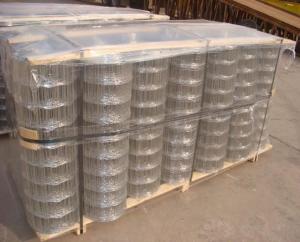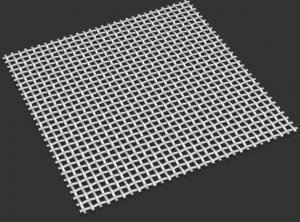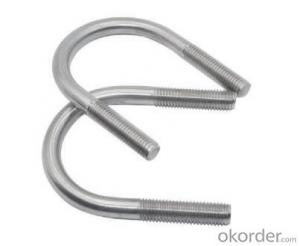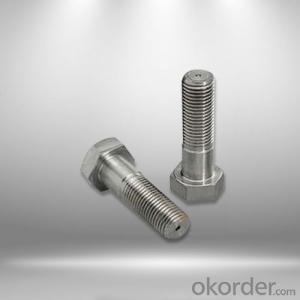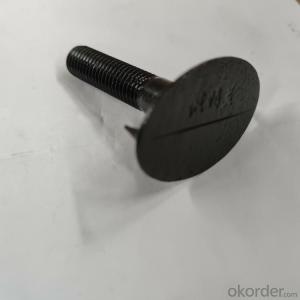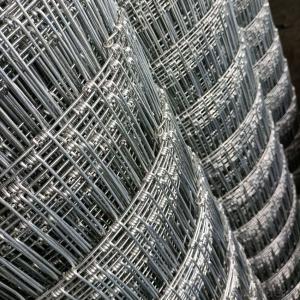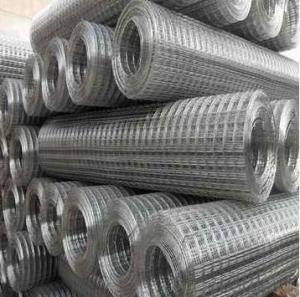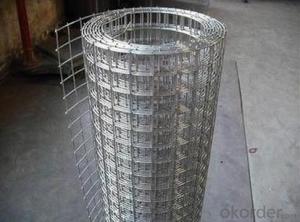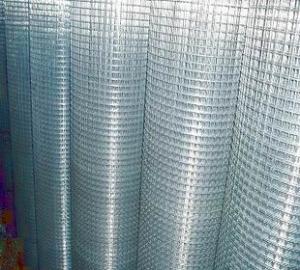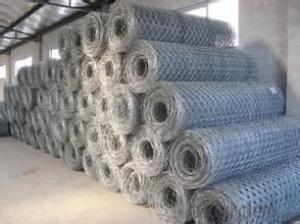Galvanized Hexagonal Wire Netting-2 inch
- Loading Port:
- China Main Port
- Payment Terms:
- TT or LC
- Min Order Qty:
- 50 roll
- Supply Capability:
- 5000 roll/month
OKorder Service Pledge
OKorder Financial Service
You Might Also Like
Introduction of Welded Wire Mesh
Welded Wire Mesh is made of by high quality galvanized wire, Low carton steel wire, stainless steel wire, iron wire, Galvanized steel wire, PVC coated iron wire in blue, green, yellow and other colors.
Application of Welded Wire Mesh
Galvanized welded wire mesh, PVC coated welded wire mesh for garden, feeding agriculture, fishing, poultry, mine field, lawn cultivation, and profession’s guard, decorate machine protection. Special welded wire mesh, (Heavy)welded wire mesh panel service as fencing mesh for transportation industry, construction a agriculture.
Surface treatment of of Welded Wire Mesh
a. Black (mild steel wire)
b. Electro galvanized, (galvanized before welding, galvanized after welding)
c. Hot dip galvanized, (galvanized before welding, galvanized after welding)
d. Pvc coated welded wire mesh, (black wire mesh then pvc coated, electro gal. then pvc coated, hot dip gal. the pvc coated)
Advantage of Welded Wire Mesh
Our welded wire mesh has strong corrosion-resisting and oxidation-resisting with good quality and rock bottom price.
Packing of Welded Wire Mesh
1. Waterproof paper then PVC shrinking Film
2. PVC shrinking film only
3. Black waterproof paper only
4. Waterproof paper then metal/wooden pallet
5. Plastic film then carton
(Also as your request. )
Pictures of Welded Wire Mesh
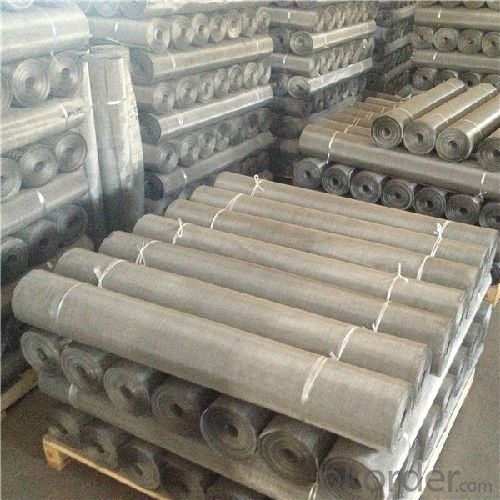
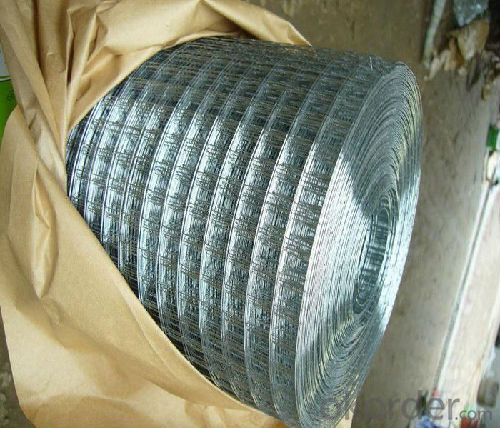
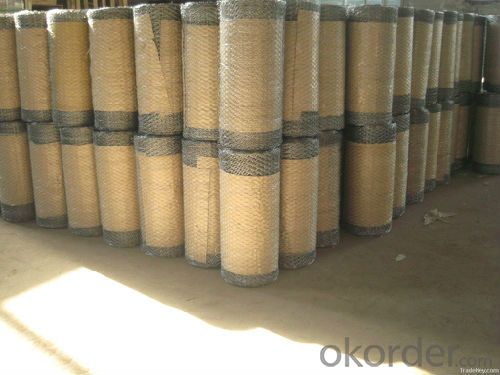
Specification of Welded Wire Mesh
Standard Welded Wire Mesh (in 30m length, Width of 0.5m-1.8m) | ||
Mesh | Wire Gauge (BWG) | |
Inch | MM | |
1/4" x 1/4" | 6.4mm x 6.4mm | 22-24 |
3/8" x 3/8" | 10.6mm x 10.6mm | 19-22 |
1/2" x 1/2" | 12.7mm x 12.7mm | 16-23 |
5/8" x 5/8" | 16mm x 16mm | 18-21, |
3/4" x 3/4" | 19.1mm x 19.1mm | 16-21 |
1" x 1/2" | 25.4mm x 12.7mm | 16-21 |
1-1/2" x 1-1/2" | 38mm x 38mm | 14-19 |
1" x 2" | 25.4mm x 50.8mm | 14-16 |
2" x 2" | 50.8mm x 50.8mm | 12-16 |
1/4" x 1/4" | 6.4mm x 6.4mm | 12-16 |
Welded Fencing Mesh (in 30m Length, Width of 0.5m -1.8m) | ||
Mesh | Wire Gauge (BWG) | |
Inch | MM | |
2" x 3" | 50mm x 75mm | 1.65-2.5mm |
3" x 3" | 75mm x 756mm | 1.65-2.75mm |
2" x 4" | 50mm x 100mm | 2.1-2.9mm |
4" x 4" | 100mm x 100mm | 2.0mm,2.5mm |
FAQ
We have organized several common questions for our clients,may help you sincerely:
1. How about your company?
A world class manufacturer & supplier of welded wire mesh and is one of the large-scale professional investment welded wire mesh bases in China. Annually more than 1000 containers of welded wire mesh are exported to markets in Europe, America and Japan.
2. What is the storage condition?
The welded wire mesh should be stored at room temperature and kept from wet and heat source.
3. How to guarantee the quality of the products?
We have established the international advanced quality management system,every link from raw material to final product we have strict quality test;We resolutely put an end to unqualified products flowing into the market. At the same time, we will provide necessary follow-up service assurance.
4. How long can we receive the product after purchase?
In the purchase of product within four working days, we will arrange the factory delivery as soon as possible. The specific time of receiving is related to the state and position of customers. Commonly 7 to 10 working days can be served.
- Q:How is steel wire mesh used in reinforcement of distribution centers?
- Steel wire mesh is commonly used in the reinforcement of distribution centers due to its strength and durability. It is typically employed as a reinforcement material for concrete floors, walls, and ceilings in these facilities. In distribution centers, heavy loads such as pallets, forklifts, and machinery are constantly being moved around, which puts a significant amount of stress on the concrete structures. Steel wire mesh helps to distribute these loads more evenly, reducing the risk of cracks and structural failure. The mesh is usually laid in a grid pattern and embedded within the concrete during the construction process. This provides additional tensile strength to the concrete, making it more resistant to bending, stretching, and breaking under heavy loads. By reinforcing the concrete, steel wire mesh contributes to the overall integrity and stability of the distribution center. Furthermore, steel wire mesh is also used to reinforce the walls and ceilings of distribution centers, providing additional support and resistance against potential impacts or external forces. This reinforcement helps to prevent damage and maintain the structural integrity of the facility. Additionally, steel wire mesh is highly resistant to corrosion and degradation, making it ideal for distribution centers that may be exposed to harsh environmental conditions or chemicals. This ensures that the reinforcement remains effective and reliable over time, reducing the need for frequent repairs or replacements. Overall, the use of steel wire mesh in the reinforcement of distribution centers enhances the overall strength and durability of the concrete structures, ensuring they can withstand the heavy loads and demands of these facilities.
- Q:What are the fire resistance properties of steel wire mesh?
- Steel wire mesh has excellent fire resistance properties. Due to its composition of high-quality steel, it can withstand high temperatures and does not easily deform or melt when exposed to fire. This makes it an ideal material for applications that require fire-resistant barriers or structures. Steel wire mesh has a high melting point, typically around 1370 degrees Celsius (2500 degrees Fahrenheit), which allows it to maintain its structural integrity even in the presence of intense heat. It also has a low thermal expansion coefficient, meaning it does not expand significantly when exposed to heat. This property helps to prevent the mesh from warping or buckling under high temperatures. Moreover, steel wire mesh is non-flammable and does not contribute to the spread of fire. It does not release toxic fumes or gases when exposed to flames, making it a safe choice for fire-resistant applications. Additionally, steel wire mesh is highly durable and long-lasting, further enhancing its fire resistance properties. Overall, steel wire mesh is an excellent choice for fire-resistant applications due to its high melting point, low thermal expansion coefficient, non-flammability, and durability. It provides a reliable barrier against fire and can help protect structures, equipment, and people in fire-prone environments.
- Q:How does steel wire mesh perform in light transmission?
- Steel wire mesh does not perform well in light transmission. Due to its dense and opaque nature, steel wire mesh obstructs the passage of light, resulting in limited visibility and reduced brightness in areas covered by the mesh. This makes it unsuitable for applications where light transmission is a crucial requirement, such as windows or screens in buildings. However, steel wire mesh can be used effectively in applications where blocking or filtering light is desired, such as fencing or shading structures.
- Q:Can steel wire mesh be used for outdoor furniture?
- Yes, steel wire mesh can be used for outdoor furniture. It is a durable and weather-resistant material that can withstand outdoor elements such as rain, sun, and humidity. Steel wire mesh is often used in the construction of outdoor chairs, tables, and loungers due to its strength and ability to withstand the wear and tear of outdoor use.
- Q:How does the surface pattern affect the grip of steel wire mesh?
- The grip of steel wire mesh is heavily influenced by its surface pattern, which refers to the arrangement and design of the raised or textured features on its surface. These patterns can be simple or complex and have a significant impact on the mesh's grip characteristics. When the wire mesh has a rough or textured surface pattern, it enhances its grip by increasing the contact area between the mesh and the object or surface it interacts with. The irregularities or protrusions on the surface pattern create more friction, resulting in a stronger grip. This type of surface pattern is especially beneficial in industrial settings where wire mesh is used as flooring or walkways to prevent slipping. On the other hand, a smooth surface pattern on the wire mesh may reduce its grip. A smooth surface offers less friction and contact area, making it less effective in providing a secure grip. However, there are instances where a smooth surface pattern is desired, such as in certain architectural or decorative applications. It is crucial to consider the intended use and requirements when choosing wire mesh with an appropriate surface pattern. Factors like load-bearing capacity, environmental conditions, and the type of objects or surfaces that will come into contact with the mesh should be taken into account. By selecting the right surface pattern, the grip of steel wire mesh can be optimized for various applications, ensuring safety, stability, and functionality.
- Q:Can steel wire mesh be used for reinforcement purposes?
- Steel wire mesh is a suitable option for reinforcement purposes. It is extensively utilized as a reinforcement material in diverse construction projects. In particular, it finds frequent application in reinforcing concrete structures like walls, slabs, and foundations. This employment significantly enhances their strength and durability. To accomplish this, the wire mesh is typically embedded within the concrete mixture. Its presence provides extra support and safeguards against cracking or damage caused by external forces. Consequently, it aids in evenly distributing the load across the structure and bolstering its resistance to tension and bending. Moreover, steel wire mesh is also applicable for reinforcement in various other scenarios, including road pavements, industrial flooring, and retaining walls, among others. The construction industry widely acknowledges and accepts its efficacy in fulfilling reinforcement purposes.
- Q:How is steel wire mesh used in the textile refurbishing industry?
- Various purposes are served by steel wire mesh in the textile refurbishing industry. One of its primary uses is as a support structure for fabrics during the refurbishing process. Delicate and fragile textiles often require a backing material to prevent distortion or stretching while undergoing cleaning, dyeing, or other refurbishing procedures. Moreover, steel wire mesh is frequently employed as a filtering medium in the textile refurbishing industry. It ensures an even and consistent distribution of color during the dyeing process. By acting as a barrier, the mesh prevents the dye from pooling or accumulating in specific areas, resulting in a more uniform dyeing process. Additionally, steel wire mesh finds application in screen printing within the textile refurbishing industry. It serves as a stencil or template to create intricate patterns or designs on fabrics. The ink passes through the mesh, transferring the desired design onto the fabric. This technique is commonly used for customizing textiles, such as printing logos or artwork on clothing items. Furthermore, fabric tensioning is another purpose for which steel wire mesh is utilized in the textile refurbishing industry. Stretching and tensioning machines often incorporate the mesh to ensure fabrics are properly stretched and secured during processes like screen printing, heat transfer, or embroidery. The mesh provides a sturdy surface over which the fabric is stretched, enabling precise and accurate application of techniques and designs. In conclusion, the textile refurbishing industry heavily relies on steel wire mesh. Its uses range from providing support and stability for delicate textiles to acting as a filtering medium, stencil, or tensioning surface. This versatile material significantly improves the efficiency and quality of various refurbishing processes, ensuring effective treatment and customization of fabrics.
- Q:Is steel wire mesh suitable for oil and gas applications?
- Yes, steel wire mesh is suitable for oil and gas applications. Steel wire mesh is known for its high strength, durability, and resistance to corrosion, making it an ideal material for use in oil and gas industries. It can be used for various purposes such as filtration, separation, reinforcement, and protection. Steel wire mesh is capable of withstanding high temperatures, extreme pressure, and harsh chemicals commonly found in oil and gas applications. Additionally, steel wire mesh can be customized to meet specific requirements such as mesh size, wire diameter, and mesh opening, ensuring it is suitable for different oil and gas applications. Overall, steel wire mesh is a reliable and versatile material that is well-suited for use in the oil and gas industry.
- Q:What are the different mesh patterns available for steel wire mesh?
- Steel wire mesh offers a variety of mesh patterns, each designed to fulfill specific purposes and applications. Some commonly used patterns include: 1. Square Mesh: This basic pattern consists of wires woven in a crisscross manner to form square openings. It is versatile and suitable for various applications like fencing, screening, and filtration. 2. Rectangular Mesh: Similar to square mesh, but with elongated rectangular openings. This pattern is preferred for architectural applications or material separation based on size. 3. Dutch Weave Mesh: This pattern involves densely woven warp wires and more open weft wires. It creates a tight and strong mesh with finer openings, making it ideal for precise filtration, separation, and sieving. 4. Twilled Weave Mesh: Twilled weave mesh showcases diagonal patterns created by wire weaving. It offers enhanced strength and durability compared to plain weave mesh, making it suitable for heavy-duty applications like industrial screens and conveyor belts. 5. Welded Mesh: Unlike woven patterns, welded mesh is made by welding intersecting wires at their junctions. It results in a strong and rigid mesh with uniform openings, suitable for applications requiring high strength and rigidity such as security fencing or concrete reinforcement. 6. Expanded Metal Mesh: This pattern is achieved by slitting and stretching a metal sheet simultaneously, resulting in diamond-shaped openings. Expanded metal mesh offers excellent strength-to-weight ratio, ventilation, and anti-slip properties, making it suitable for walkways, platforms, and filtration. 7. Crimped Mesh: Crimped mesh involves weaving wires with crimped or corrugated profiles, resulting in a wavy pattern. This pattern provides better stability and rigidity compared to plain weave mesh, making it suitable for architectural purposes, decorative applications, and particle classification. These are just a few examples of the mesh patterns available for steel wire mesh. The choice of pattern depends on specific requirements such as desired opening size, strength, rigidity, and aesthetics.
- Q:Can steel wire mesh be used for retaining rock walls?
- Yes, steel wire mesh can be used for retaining rock walls. Steel wire mesh is commonly used in various construction applications, including retaining walls. When properly installed, it provides additional support and stability to the rock wall by acting as a reinforcement. The wire mesh helps to prevent the rocks from shifting or sliding, enhancing the overall strength and durability of the wall. Additionally, steel wire mesh is resistant to corrosion, making it a suitable choice for outdoor applications where it may be exposed to moisture and other environmental factors.
1. Manufacturer Overview |
|
|---|---|
| Location | |
| Year Established | |
| Annual Output Value | |
| Main Markets | |
| Company Certifications | |
2. Manufacturer Certificates |
|
|---|---|
| a) Certification Name | |
| Range | |
| Reference | |
| Validity Period | |
3. Manufacturer Capability |
|
|---|---|
| a)Trade Capacity | |
| Nearest Port | |
| Export Percentage | |
| No.of Employees in Trade Department | |
| Language Spoken: | |
| b)Factory Information | |
| Factory Size: | |
| No. of Production Lines | |
| Contract Manufacturing | |
| Product Price Range | |
Send your message to us
Galvanized Hexagonal Wire Netting-2 inch
- Loading Port:
- China Main Port
- Payment Terms:
- TT or LC
- Min Order Qty:
- 50 roll
- Supply Capability:
- 5000 roll/month
OKorder Service Pledge
OKorder Financial Service
Similar products
New products
Hot products
Hot Searches
Related keywords
